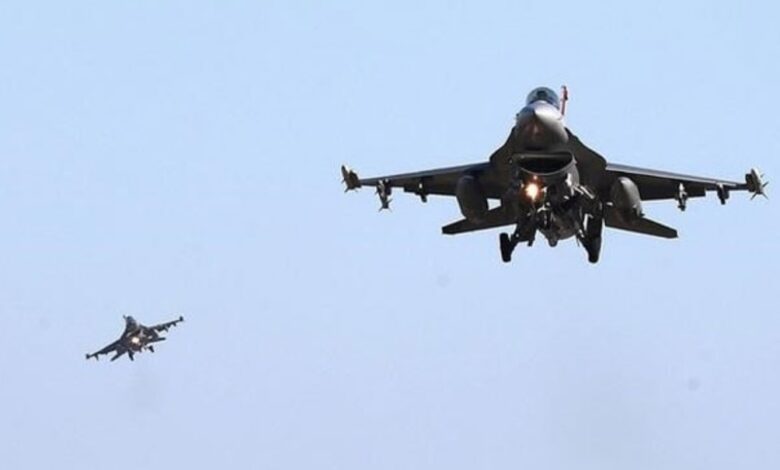
US Decision On Pakistan F16s Contempts Logic And Threatens Indian Security
After the India-US 2+2 Ministerial Dialogue in April 2022, the Indian and US 2+2 Inter-sessional meeting was held on September 7, 2022. In a meeting that seemed to be uncoordinated on an issue that was of great sensitivity to India, the US announced on September 8 that it would be investing $435 million in upgrading Pakistan’s F16s under these meetings for ongoing coordination between the foreign and defence ministries of the two countries.
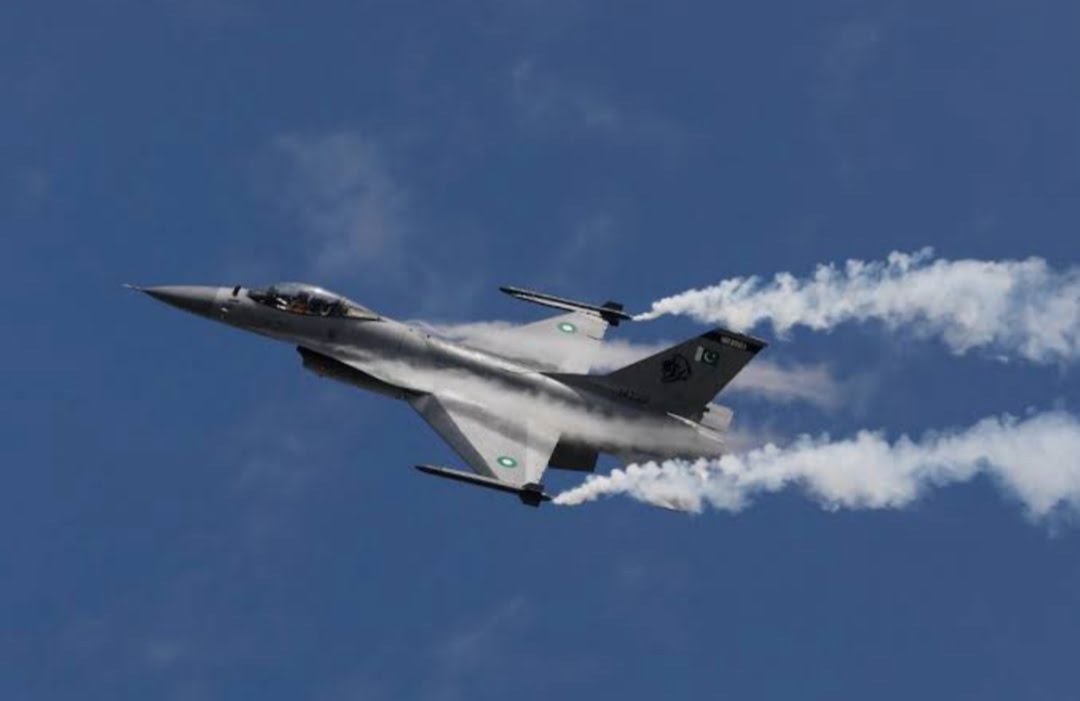
Announcing a move that undermines a positive strategic plan during a meeting intended to advance it casts a shadow on its progress. The US may have done this to reinforce its strategic interests in the region that extend to Pakistan and will not ignore India’s concerns.
Announcing the F16 decision in Delhi would have been impossible without the knowledge of the Assistant Secretaries responsible for India in the State Department and the Pentagon in Delhi.
Pakistan and China, which challenge Indian sovereignty and claim Indian territory, pose serious security threats to India both on land and at sea. The US is well aware of Chinese threats to its allies in the western Pacific and Indian threats to its security. India is much more threatened on land than China is to other countries.
As long as China dominates the South China Sea and the East China Sea, it poses a major maritime threat to the US. This will change the balance of power in the region of Japan, South Korea, and ASEAN and allow China to annex Taiwan and expand its naval force over the ocean. Distances between the US and China are thousands of miles apart.
Since China’s maritime strategies in the Indian Ocean affect India’s immediate neighbourhood, the US focuses primarily on the maritime domain. Chinese territory is connected to the Arabian Sea and the Bay of Bengal through two land-ocean corridors.
Despite being pushed into China’s arms by the West, Myanmar will likely not allow a naval base in Pakistan, despite being forced into it by the West due to military rule and human rights concerns. Pakistan plays a vital role in China’s maritime strategy, as symbolized by the China-Pakistan Economic Corridor culminating at Gwadar.
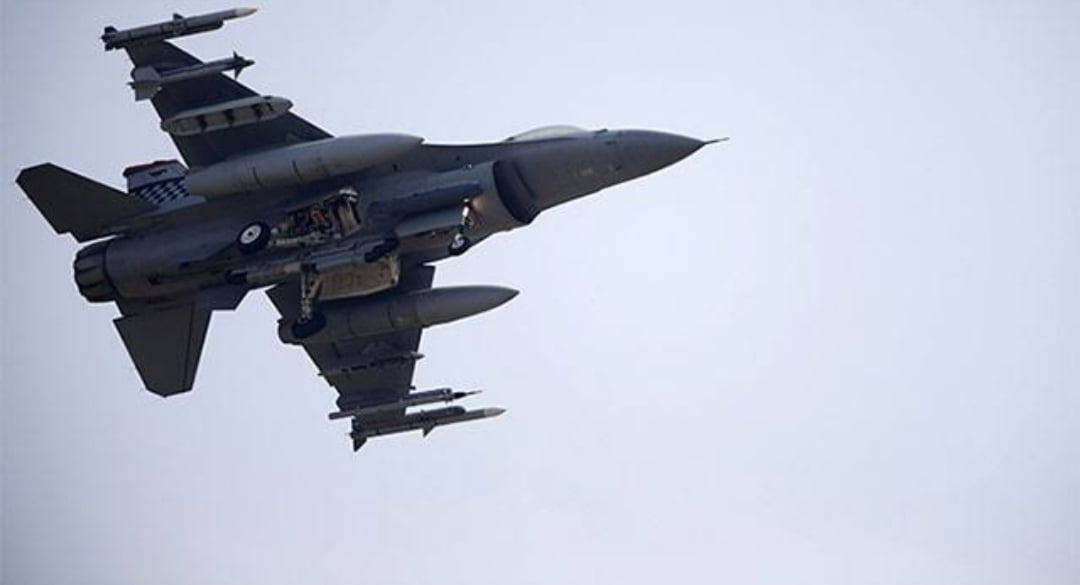
Within the larger framework of their regional interests, both countries should cooperate to protect those Indian security interests within India. The United States will examine the scope of those Indian security interests.
It is disconcerting to learn that Pakistan will be bolstered in its air capability against India in light of US policies towards Pakistan and Afghanistan, especially after the US abandoned Afghanistan to the Taliban and left security matters to India.
F16s have shaken the India-US relationship for decades. It is well known by the US that India is sensitive about this issue and that these planes were intended by Pakistan for use against India, as they were once again deployed when India struck Balakot in 2019.
Our then Air Chief admitted that the AMRAAMS and the F16s had limited Indian air operations then. Since then, Rafales and the advanced missiles they carry have filled that gap.
It raises the question of how a country, which is an epicentre of terrorism, can still be relied on to carry out counterterrorism missions, given that it sheltered Osama bin Laden, provided a haven for the Taliban, and was deeply involved in terrorism against India and the US forces in Afghanistan through the Taliban.
Whatever the case, what is the utility of AMRAAMS in preventing terrorist attacks? US diplomacy in the region seems to be back to ‘balancing India and Pakistan, as indicated in the State Department’s release.
In this argument, it is also not apparent what this US move adds in substance to the close relationship between China and Pakistan in terms of defense, covering joint production of jets (JF17), supply of J-10 jets, submarines, frigates, air defense systems, air-to-ground missiles, guided bombs, artillery, drones, tanks, and so forth.
Pakistan received 47 percent of all weapons exported by China between 2017 and 2021. According to a State Department note that acknowledges the importance of improving air-to-ground capability as well as retaining interoperability with the US, this upgrade suggests that US military operations aimed at Afghan targets will now be carried out from Pakistani soil or with Pakistani airspace, as in the case of the al-Zawahiri process.
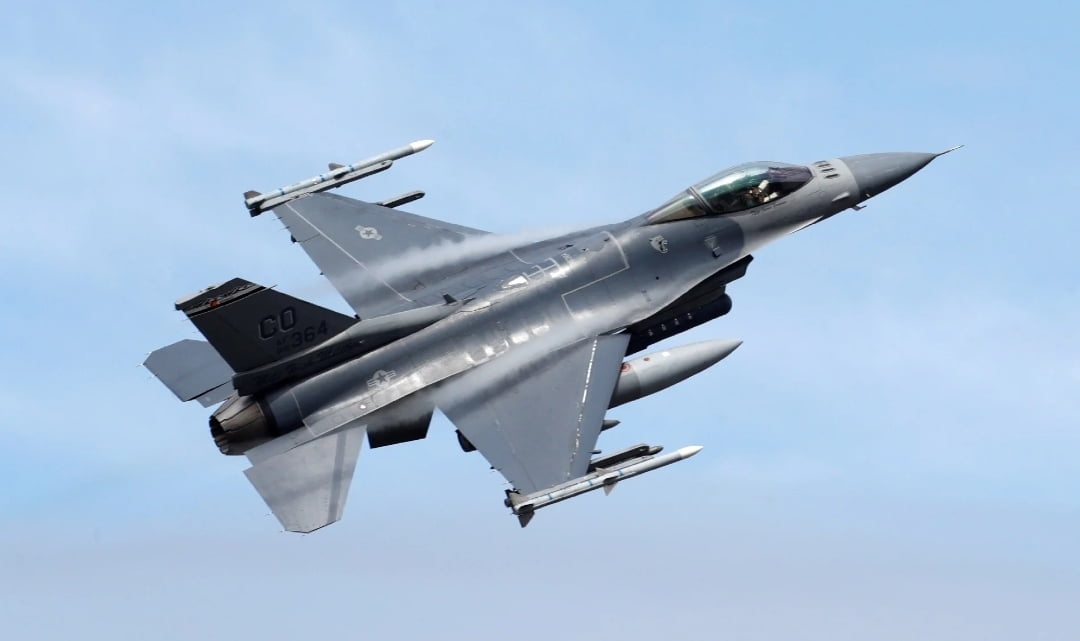
India must reconsider its reasoning and analyze what this renewed US commitment to Pakistan means for us geopolitically after quitting Afghanistan and implementing a stricter policy towards Pakistan. As a geopolitical observer during the Cold War, Pakistan is now irrelevant.
China is its closest partner in the distance between Pakistan and Russia. It is no longer helpful to have Pakistan on board in this matter. With the F16 upgrade, keeping track of Islamic State elements in Afghanistan will be more challenging.
Pentagon chief, who formerly led Central Command, is part of this decision on F16s, but there has never been any concrete evidence. The decision is being defended by some US foreign policy circles using questionable arguments. Organically related, they may also reflect official thinking.
Since Ukraine does not pose a physical threat to America, we are neutral on the issue, but it may not assist US diplomatic efforts to isolate Russia. In pursuit of our national interests, there is no threat to US national security. We receive arms from Russia, and it supplies us with them.
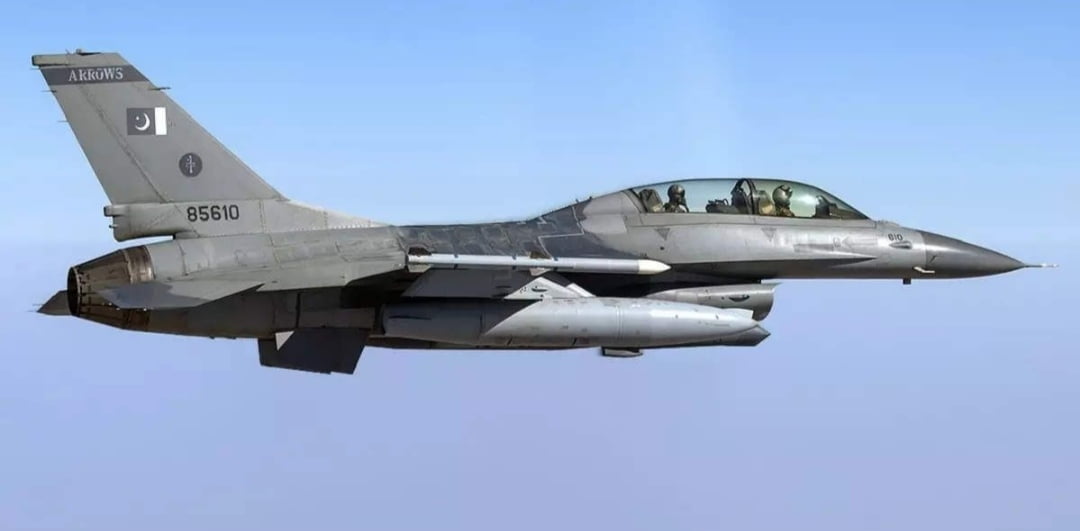
These weapons, however, are not aimed at the United States but at China, which protects our and the country’s security. A US arm is not going to a hostile country. Buying discounted oil from Russia is necessary for meeting our critical needs because our economy cannot withstand spikes in oil prices.
Because Europe is buying more energy from Russia than India, this is a defensive measure, not an offensive one against the US. Further, Russia ranked ninth in 2021-22 among oil suppliers to India, with the US ranked fourth. China’s strategic ties with the US have deepened throughout these years, despite the US presence in Pakistan.
Similarly, Pakistan’s expectation that US engagement will help it wean itself from China around 2022 is unfounded. Pakistan’s radicalized streets are under Imran Khan’s influence, as evidenced by his defamation of the US.
Pakistan has always been a challenge, and this F16 decision won’t help us free it. Neither the cost of the upgrade nor Pakistan’s participation in it is known.
If a nation pays, it can buy military equipment desperate for IMF debt relief. Aid would help Trump reverse his decision to suspend military assistance due to Pakistan’s lack of cooperation in fighting terrorism and reward Pakistan regardless of its terrorist associations.
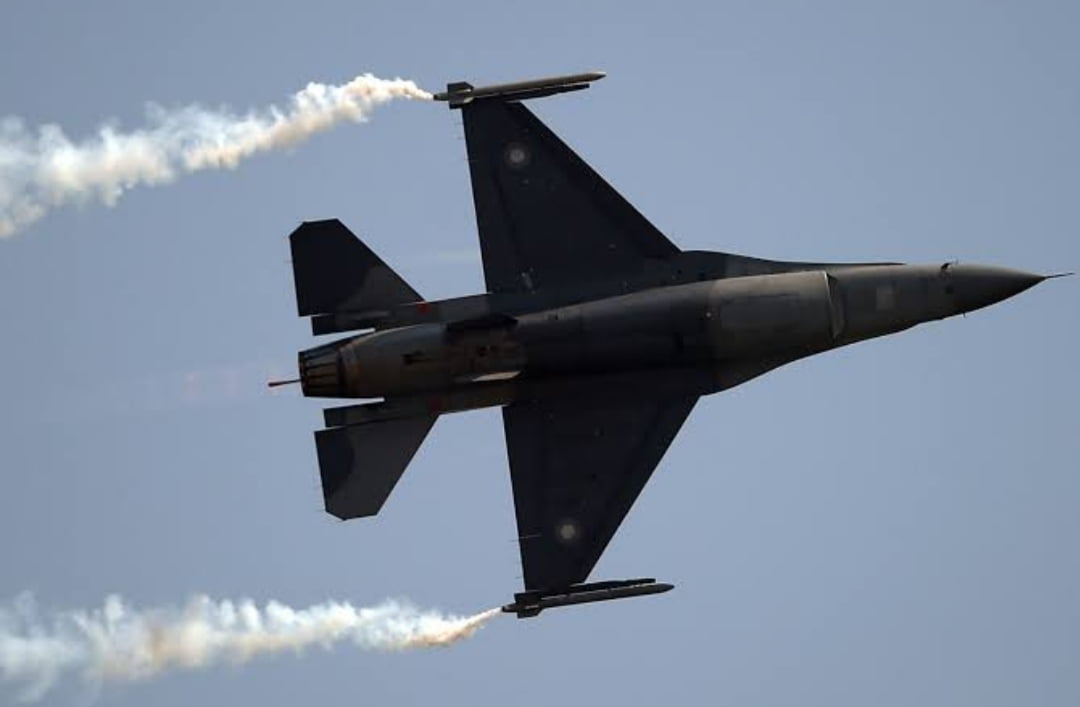
The gray list would have included Pakistan despite its membership in FATF. It’s important to consider our relations with the US and our national interests when making this F16 decision, balancing maturity and objectionability. To maintain flexibility in our foreign policy, we must keep our options open in all directions.
Edited by Prakriti Arora




